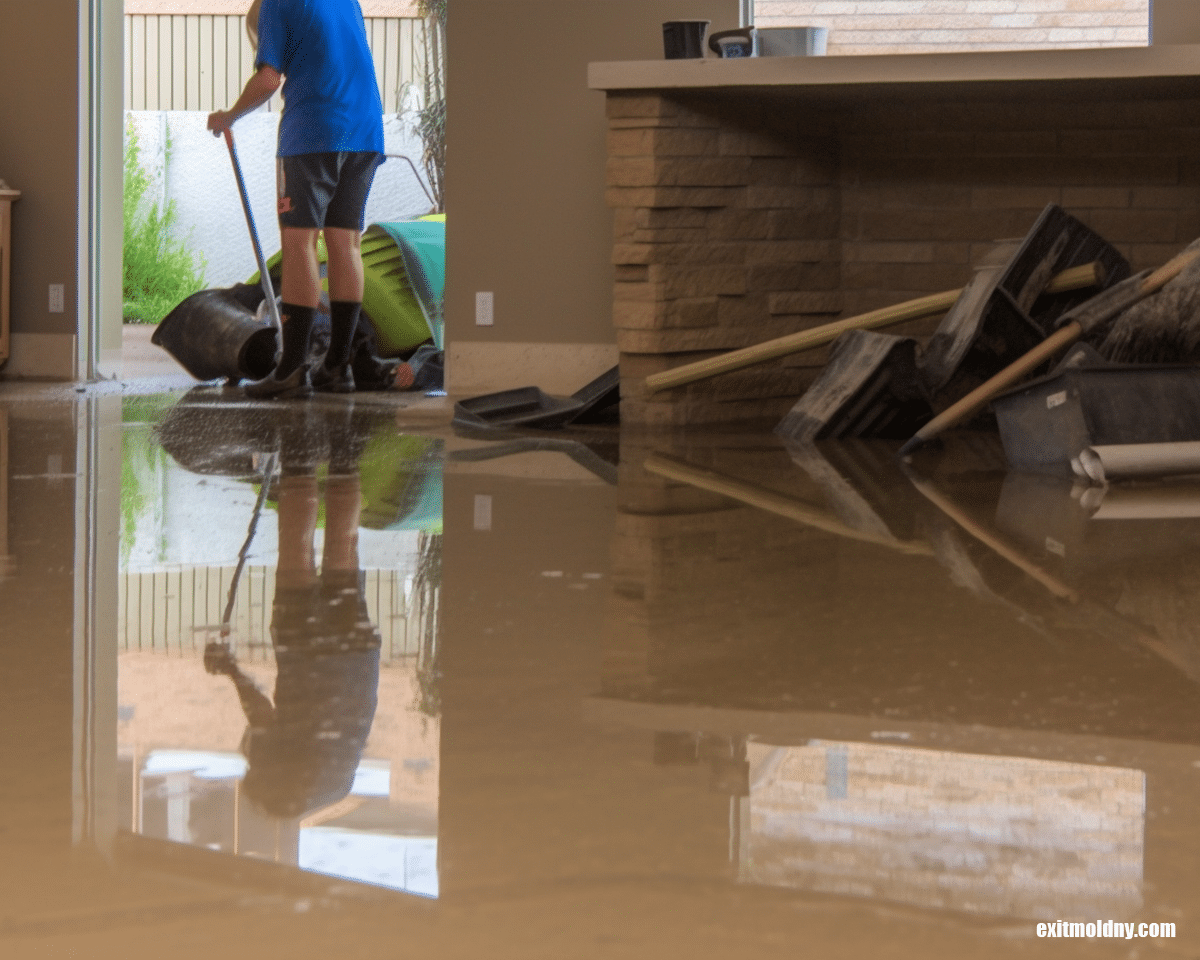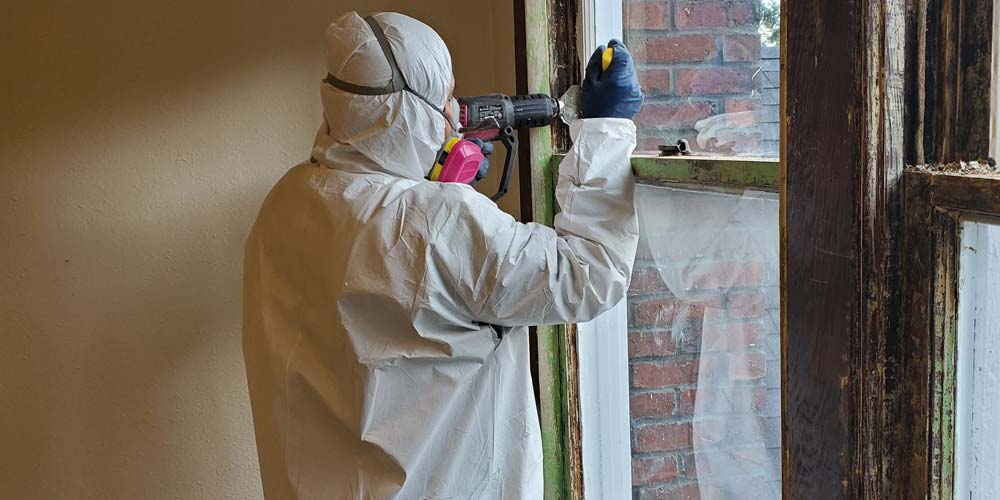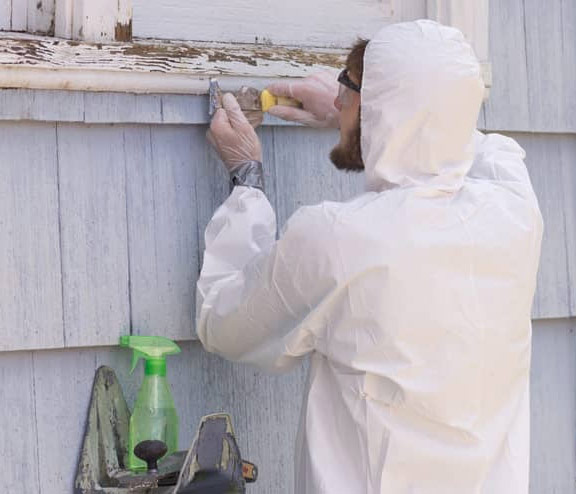Important Tools and Methods for Effective Lead Infraction Cleanup
Addressing lead infractions effectively requires an extensive strategy that blends the right devices with tactical methods. Concurrently, the use of specialized cleanup devices, such as HEPA vacuum cleaners and lead-specific cleaning representatives, is essential for complete contaminant removal. Effective control approaches, including plastic sheeting and unfavorable air stress systems, are essential to stop the spread of hazardous materials.
Personal Safety Tools
Personal protective equipment (PPE) is a crucial component in the effective administration of lead contamination clean-up. The necessary PPE for lead clean-up includes respirators, protective clothing, handwear covers, and eye defense.
Respirators, specifically those equipped with HEPA filters, are indispensable for filtering system airborne lead fragments, stopping inhalation. Safety garments, including coveralls and disposable fits, avoids lead dirt from sticking to employees' garments, minimizing the risk of second contamination.
Additionally, strenuous training on the proper usage and upkeep of PPE is vital. Workers need to be educated on putting on and doffing treatments to prevent contamination. Normal assessments and replacements of PPE elements are essential to preserve their safety capabilities, making sure a risk-free and certified cleanup procedure.
Specialized Cleaning Tools

One more necessary tool is the wet/dry vacuum, which can properly clean up both dust and fluid impurities. These vacuums typically come with HEPA filters to offer an added layer of safety and security. Wet wipes or tack fabrics are additionally critical for surface cleaning; they are especially made to capture and hold lead particles, minimizing the threat of spreading out contamination.
For more stubborn deposits, specialized lead-removal cleaner are called for. These representatives are formulated to damage down lead fragments, making them easier to remove. Scrub brushes with durable bristles can help in this procedure, particularly on harsh surface areas where lead dirt tends to stick more strongly.
Additionally, encapsulants are used to seal lead-contaminated surface areas, protecting against the launch of lead dirt. These specialized paints and coatings are designed to follow numerous substratums, giving a lasting solution for lead containment.
Effective Control Techniques
Effective containment approaches are important in minimizing the spread of lead contamination throughout cleaning tasks. Carrying out robust containment approaches ensures that lead fragments do not move to untouched areas, thereby protecting both employees and the environment. One primary method is the use of plastic bed linen to secure off polluted zones. Sturdy polyethylene obstacles can be mounted from floor to ceiling to create a controlled workplace, considerably reducing the risk of air-borne lead dust dispersal.

To improve control, encapsulants can be related to surface areas that are not being eliminated or disturbed. These specialized layers bind lead dust, lowering its accessibility for resuspension. Additionally, all workers should put on suitable Individual Protective Tools (PPE), including respirators and non reusable matches, to prevent contamination spread.
Safe Disposal Practices
Making certain risk-free disposal techniques is a vital part in the management of lead contamination cleaning. Proper disposal mitigates the danger of lead coming back the atmosphere and jeopardizing public health. The primary step is to identify and segregate lead-contaminated waste from other products. Safe containment utilizing sturdy, watertight containers is vital to protect against splilling throughout transport.
Carrying lead waste requires adherence to strict guidelines. Utilizing accredited this article hazardous waste carriers makes sure that the products are managed sensibly. Documents, consisting of manifests describing the kind and amount of waste, need to come with deliveries to track the waste from the website of beginning to its last disposal destination.
Designated unsafe waste disposal centers are outfitted to take care of lead-contaminated products securely. These facilities commonly utilize advanced methods such as stablizing, solidification, or chemical treatment to neutralize the lead before disposal. Landfilling in specialized, lined areas that prevent leachate from contaminating groundwater is a common practice for last disposal.
Normal training for workers associated with lead waste disposal is essential to keep safety and security criteria and stop unintentional exposure. By sticking to these methods, organizations can significantly lower the ecological and health and wellness impacts related to lead contamination.
Regulatory Conformity Tips

Complying with regulatory conformity is vital in the effective execution of lead contamination cleanup. Comprehending and following government, state, and local laws guarantees not only the safety and security and health of people but additionally dig this the legal and economic well-being of the cleanup company. The Environmental Security Firm (EPA) sets rigorous standards, such as the Lead Improvement, Repair Work, and Paint (RRP) Policy, which mandates proper accreditation and training for contractors managing lead-based tasks.
Conformity starts with a detailed assessment of appropriate regulations and laws. Organizations must stay updated on any type of legal adjustments, which can be facilitated through routine training sessions and signing up for market updates. Paperwork is an additional vital compliance element; keeping detailed records of all activities, including evaluation reports, employee training logs, and disposal materializes, is crucial.
Moreover, engaging with licensed lead assessors or take the chance of assessors ensures that lead hazards are correctly determined and alleviated. Employers should impose the use of Personal Protective Devices (PPE) and guarantee that security procedures are strictly complied with. Transparent communication with stakeholders, including employees, customers, and regulative bodies, will cultivate a culture of compliance and liability, ultimately adding to a much safer and much more efficient lead cleaning process.
Verdict
Efficient lead infraction cleaning necessitates the combination of specialized devices and strategic approaches to make certain safety and security and effectiveness. Individual safety tools (PPE) safeguards workers from exposure, while risk-free disposal techniques and rigorous adherence to regulative conformity are crucial for responsibly handling hazardous waste.